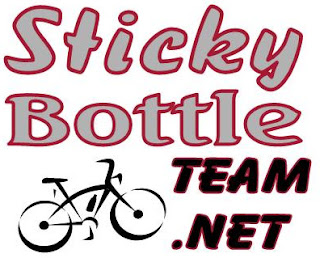$20 million per year.
That is how much money Rabobank spends on it professional cycling
team. That’s how much they will now save
after dropping its sponsorship of the team after 17 years. Each July cycling fans hear the calls of Phil
Liggett and Paul Sherwin as they enunciate each team and each rider in their
perfect English burr during the Tour de France.
No longer is this the case with Rabobank, the Dutch powerhouse with
holdings in banking, real estate, insurance and leasing. This is not a cost cutting move, Rabobank is
still growing and expanding; the company has made a significant investment in
America with a sizable footprint in California. Last year Rabobank earned a net profit of EUR
2.6 billion ($3.3 billion USD), they can certainly afford to sponsor the team,
many teams actually.
Rabobank left cycling because they are fed
up. To be succinct, Rabobank’s CFO Bert
Bruggink said, “International cycling is rotten.” With that the money spigot was shut off. The Lance Armstrong findings by the US
Anti-Doping Agency (USADA) and the subsequent stripping of Armstrong’s seven
Tour de France wins by the Union of International Cycling (UIC) was enough for
Rabobank to walk away.
Rabobank began to get serious about doping in 2007 when it
fired rider Michael Rasmussen who was in the yellow jersey at the Tour de
France. The company had formed a strict
no-doping policy. Rasmussen would
disappear for long periods when not racing which led people to wonder. Rabobank
officials confronted the Danish rider and when he could not account for his
whereabouts he was let go.
Rabobank was good for the sport and to lose their
sponsorship is a financial and public relations blow. Hopefully, the anti-doping policies that are
in place along with the strict testing will rid the sport of the bad
elements. The familiar orange of
Rabobank will be missed at the 2013 Tour de France but we will still have the
green of Skoda, the polka dots of Carrefour and the red of Vittel, for now at
least. Come next season fans will be
able to recognize the former Rabobank team members, they will be in all white
with no sponsorship.
Visit our website www.stickybottleteam.teampages.com
Visit our website www.stickybottleteam.teampages.com





